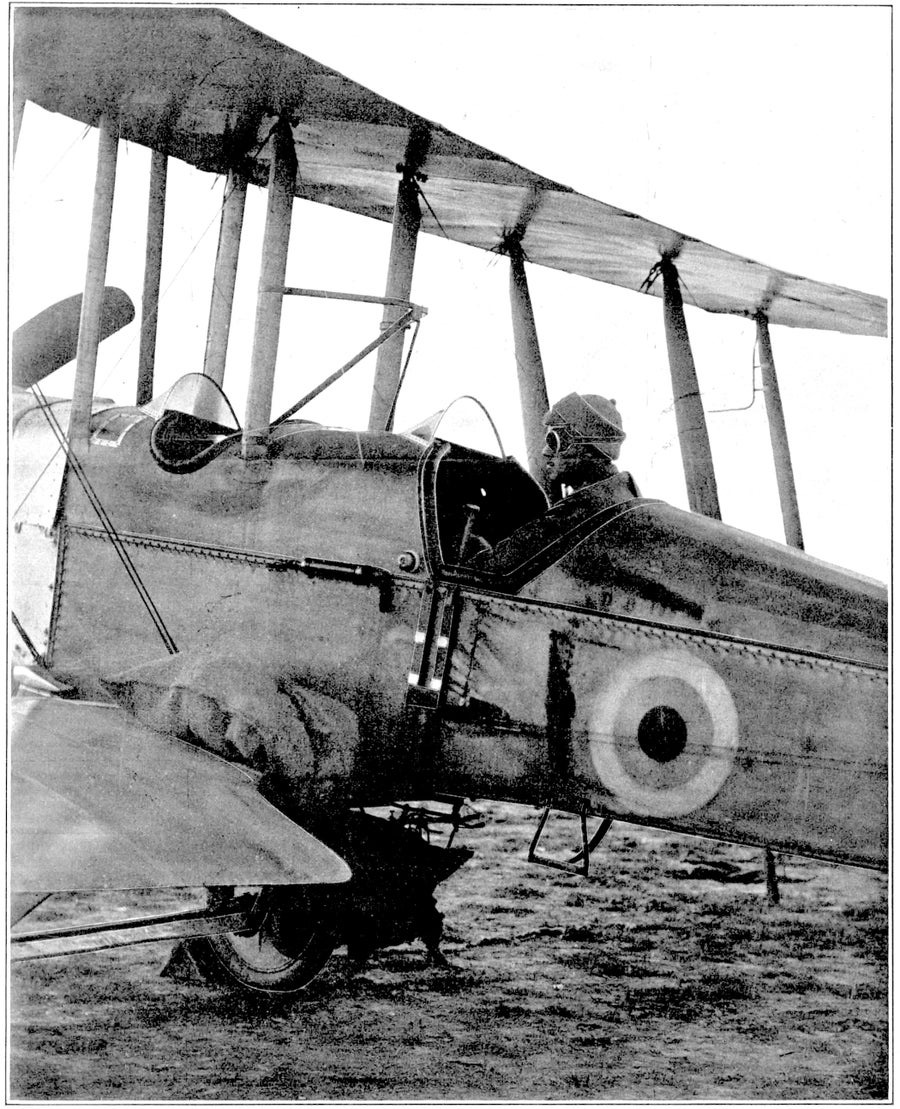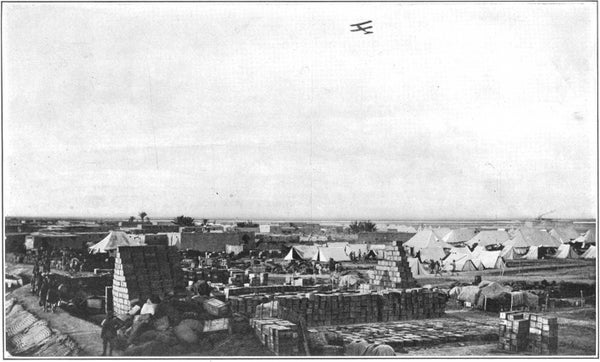This article was published in Scientific American’s former blog network and reflects the views of the author, not necessarily those of Scientific American
In Mesopotamia (in what is now Iraq) an Anglo-Indian offensive began in 1915, aimed at taking Baghdad from the Turkish Ottoman Empire. The effort ground to a halt after military losses and supply problems, and the British and Indian troops shut themselves up in the town of Kut-al-Amarah on the Tigris River. The siege of Kut lasted from December 7, 1915, and ended spectacularly well (for the Ottoman Empire) on April 29, 1916, when 8,000 starving troops of the British Empire surrendered to the encircling forces of the Ottoman Empire.
In the weeks before the surrender the British, desperate to resupply the starving garrison, and unable to break through the encircling Ottoman lines, attempted to use aircraft to air-drop supplies into the town. This very first attempt at military resupply by air was notable in the history of warfare, but it was a failure.
The article from this date 100 years ago explains:
On supporting science journalism
If you're enjoying this article, consider supporting our award-winning journalism by subscribing. By purchasing a subscription you are helping to ensure the future of impactful stories about the discoveries and ideas shaping our world today.
“At first, in the work of war, the aeroplane was employed only for scouting, or purposes of reconnoitering, but the dropping of missiles and bombs on troops and trenches of the enemy soon followed, thus converting it into a means of offense. The rapid transmission of messages and the location of batteries, with the signaling of positions and sighting instructions to their own artillery, were some of the directions in which the aviator was employed .... More recently another use was found for the aeroplane, when, as a forlorn hope, it was called on to carry provisions to a beleaguered and starving force of British soldiers at Kut-el-Amara, in Mesopotamia. Surrounded by the Turks, and entirely cut off from supplies, the small company of men, under General Townshend, which had progressed thus far up the valley of the Tigris, found itself in dire straits in spite of every effort to reinforce or relieve it, for the other British forces that were operating in this region were entirely inadequate to force a way through the opposing Turkish lines.”

A British B.E.2.c airplane, with a sack of flour attached to its lower wing, setting off to drop supplies to the besieged garrison of Kut, 1916. Credit: Scientific American Supplement,August 12, 1916
The air service detachment trying to drop supplies had wrangled nine airplanes of various (obsolete) types, mostly flown by Australian pilots. The airplanes were loaded with sacks of flour, lentils, and other provisions (including one 70-pound millstone to help grind the provisions into flour for the vegetarian Indian troops). The airplanes had to fly over the town and unleash their cargo at the right spot. Several jury-rigged methods were tried for attaching and dropping cargo, with varying degrees of success. Turkish anti-aircraft fire was spirited and deterred the aviators from getting too close or too low. Dropping supplies from 5,000 feet altitude meant that some of them landed in the Tigris or, worse, in the Turkish lines. The aircraft were built as light-weight fighters and observation airplanes, not as cargo-carrying machines, so each airplane could carry a maximum weight of only a few hundred pounds. In the end, only 16,800 pounds of supplies were dropped into the town over several weeks, for a garrison of 8,000 men—plus sick and wounded soldiers and a civilian population that the Turks had refused permission to leave. In total that is at most 2 pounds per person over a few weeks. For comparison, the Berlin Airlift in 1948-1949 brought in 5 pounds of supplies per person every single day for almost a year (almost all of it carried in by cargo aircraft with a capacity of several tons per flight).
-
Our full archive of the war, called Scientific American Chronicles: World War I, has many articles from 1914–1918 on aviation in the First World War. It is available for purchase at www.scientificamerican.com/products/world-war-i/
